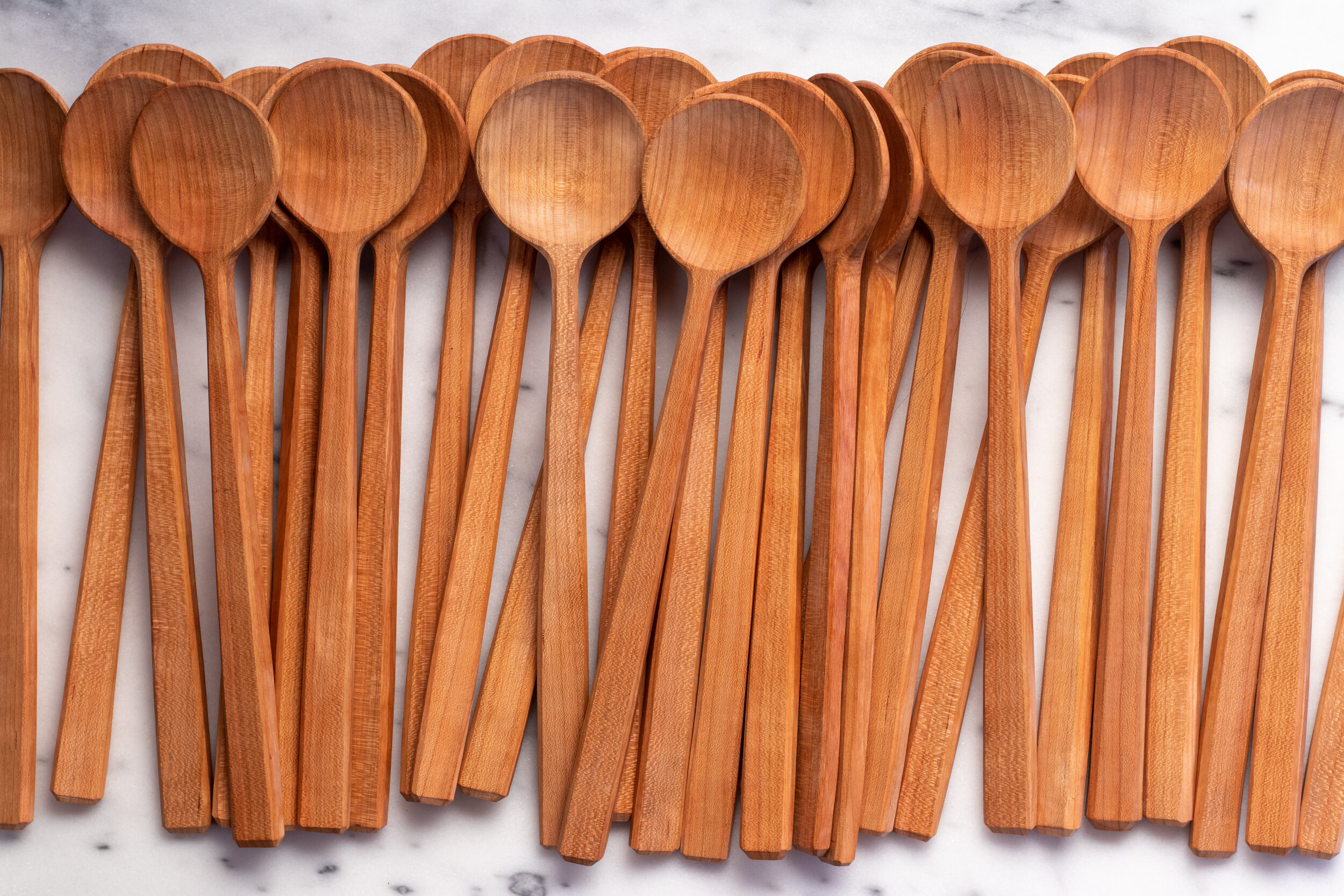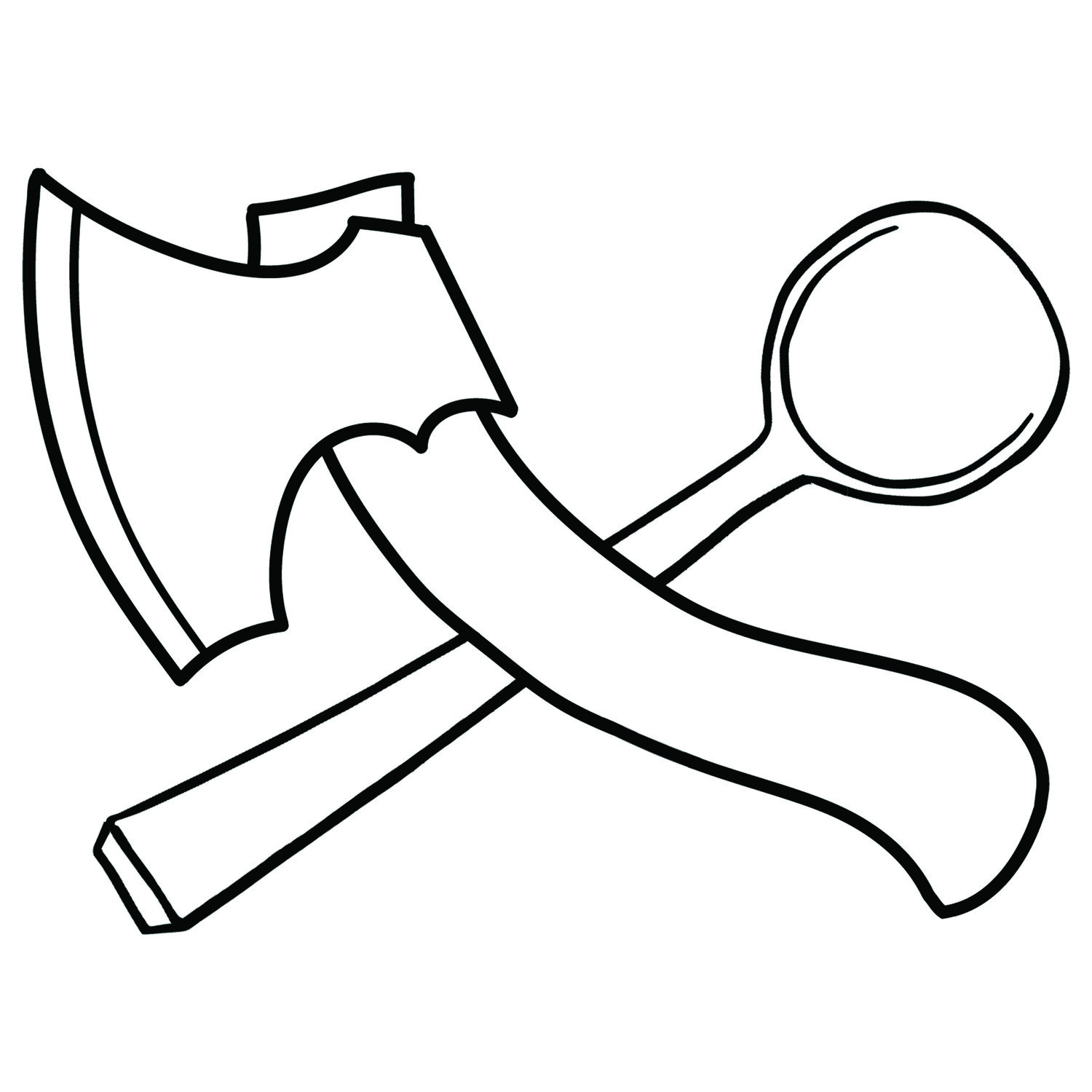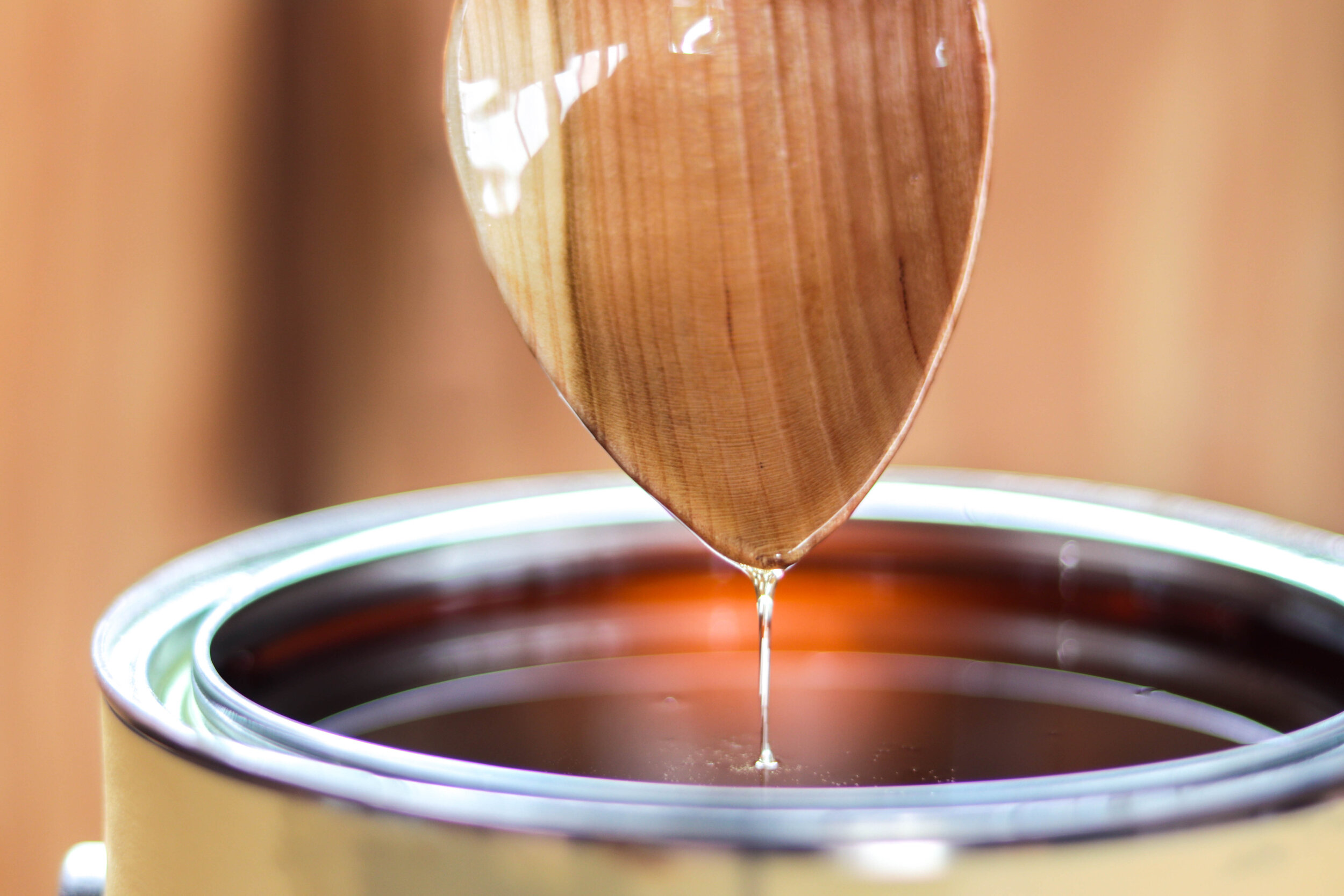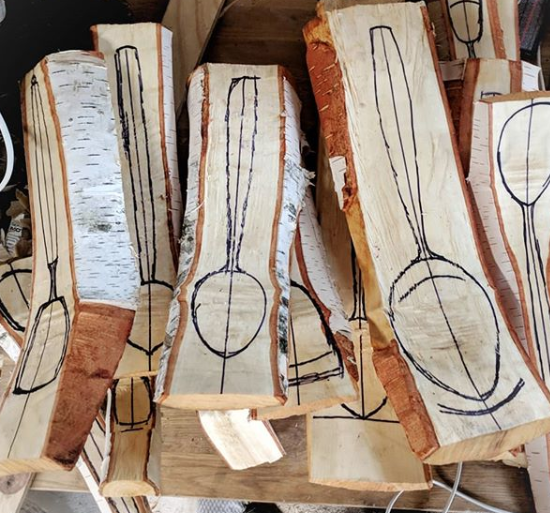Featured Articles
Most Recent Articles

Take One Simple Step To Improve Your Spoon Carving Now
When I started out out, I carved a lot of bad spoons. It took a long time to figure out certain tips and tricks to making spoons that work well. This is tip is one I really wish I’d been told about earlier.


5 Mistakes Beginner Spoon Carvers Make
I’ve carved a bunch of spoons in my time and still remember the struggles I had when I was starting out. In the many spoon carving workshops I’ve run, my students have come face-to-face with the same issues I first struggled with. There’s a great feeling of accomplishment that comes out of overcoming a problem, and while this list is by no means exhaustive, it goes over some of the most common problems beginners face. Learn to spot these errors and apply correct solutions and your spoon carving experience will become more enjoyable.

The Best Finishes for Spoons
A lot of folks get into spoon carving, make some utensils, then fret about what to coat them in before they’re ‘safe’ to use. Truth be told, you don’t need to coat them in anything. If you do want to use a finish, here are my suggestions.
5 Best Trees for Spoon Carving
For beginners, this can be a little overwhelming. You can narrow down your selection with the following sweeping statements. Don’t use softwoods (e.g. pines and spruces), don’t use ring porous species (e.g. oaks and ashes). Of course, you can carve a spoon from any wood but diffuse-porous wood tends to work best.


